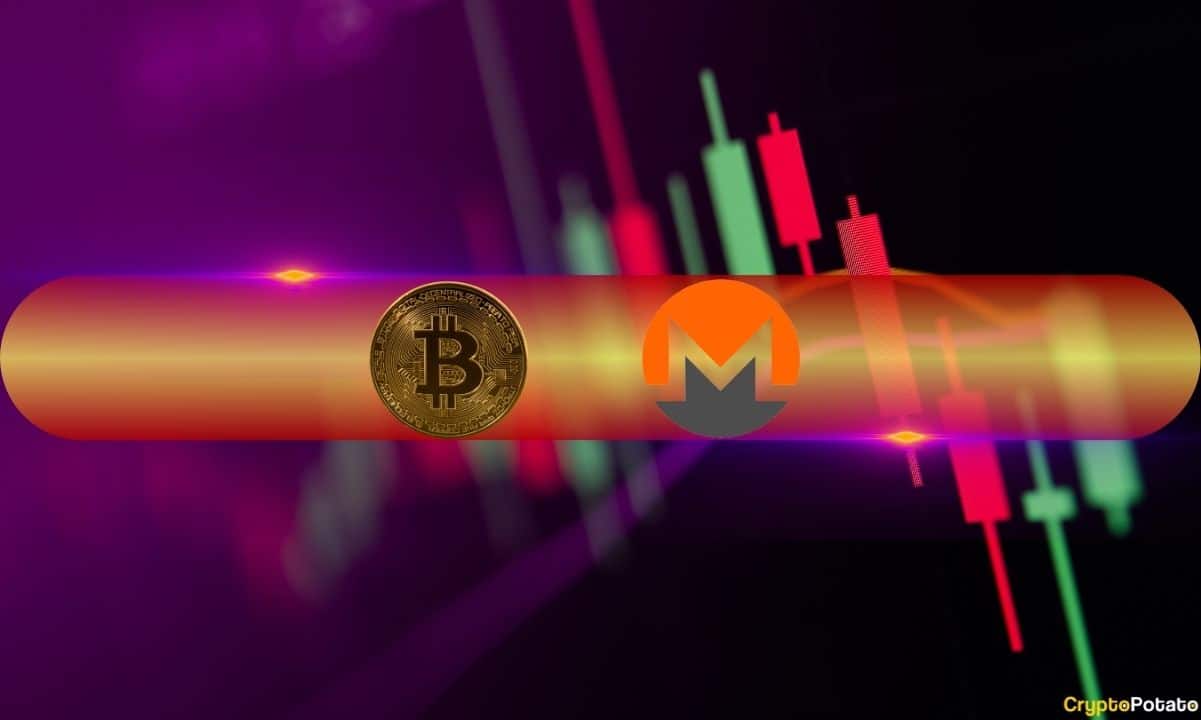Key takeaways:
Ether drops 4% drop despite ETF inflows, and this shows traders are skeptical about a move back to $3,000.
Negative funding and options metrics signal low confidence in ETH’s short-term price strength.
Ether (ETH) price lost 4% in the past seven days while the broader cryptocurrency market capitalization gained 1%, calling into question the odds of a rally to $4,000. Ether derivatives point to reduced demand for leveraged bullish bets even as Bitcoin (BTC) trades a mere 4% below its all-time high.
Ether’s rejection from the $2,800 level on June 11 did not diminish appetite for exchange-traded funds (ETFs), as those instruments accumulated $322 million in inflows over the following two weeks. However, the movement could reflect traders pricing in higher odds of upcoming changes that would improve the ETFs’ utility and accessibility.
The US Securities and Exchange Commission (SEC) is analyzing requests to allow “in-kind” creations and redemptions, in addition to evaluating whether those ETFs can offer native staking operations, validating transactions in exchange for ETH rewards. Bloomberg analyst James Seyffart noted that the SEC has an intermediary deadline in late August.
Weak ETH leverage demand suggests investors may favor upcoming altcoin ETFs
The lack of demand for bullish ETH leveraged positions could signal reduced confidence, especially as other altcoins may soon gain their own ETFs, including Solana (SOL), Litecoin (LTC), Polkadot (DOT) and XRP (XRP). Bloomberg analyst Eric Balchunas expects a 90% or higher chance of approval for those instruments in 2025.
Typically, bulls pay to maintain their leveraged positions, but the reverse occurs in bearish markets. The current -2% annualized rate is not extraordinary, but it shows weak conviction at the current $2,400 ETH price. More importantly, this represents a stark contrast from the 10% positive funding rate just two weeks prior.
Traders should check ETH options metrics to exclude anomalies from perpetual contracts, which are more popular among retail traders because their pricing tends to closely follow spot markets, unlike monthly futures. If whales and market makers are increasingly concerned about a price correction, the delta skew options metric will rise above 5%.
The ETH options delta skew currently remains within the neutral -5% to 5% range, although it has improved from the -7% level observed two weeks earlier. Still, there are no signs of intense demand for hedging, suggesting that whatever reduced appetite exists for leveraged ETH futures is unlikely to be a signal of broad bearishness.
Related: Ethereum ‘death cross’ flashes for the first time since 2022 ETH price crash
Ether bulls believe Ethereum is better positioned to absorb potential inflows from institutional investors, including traditional finance companies.
For Ether supporters like X user ripdoteth, Ethereum’s competitive edge stems from its layer-2 “fully customizable modular architecture,” “access to the deepest liquidity,” and security. But even if those differences are real, ETH remains 50% below its all-time high, so traders will unlikely flip bullish in the near term.
This article is for general information purposes and is not intended to be and should not be taken as legal or investment advice. The views, thoughts, and opinions expressed here are the author’s alone and do not necessarily reflect or represent the views and opinions of Cointelegraph.

 4 months ago
48
4 months ago
48








 English (US) ·
English (US) ·